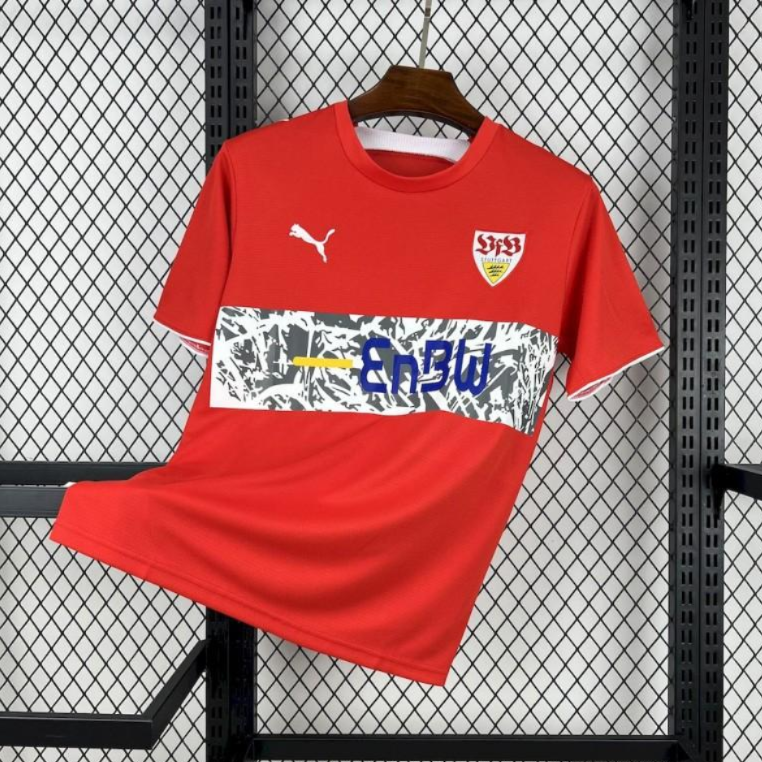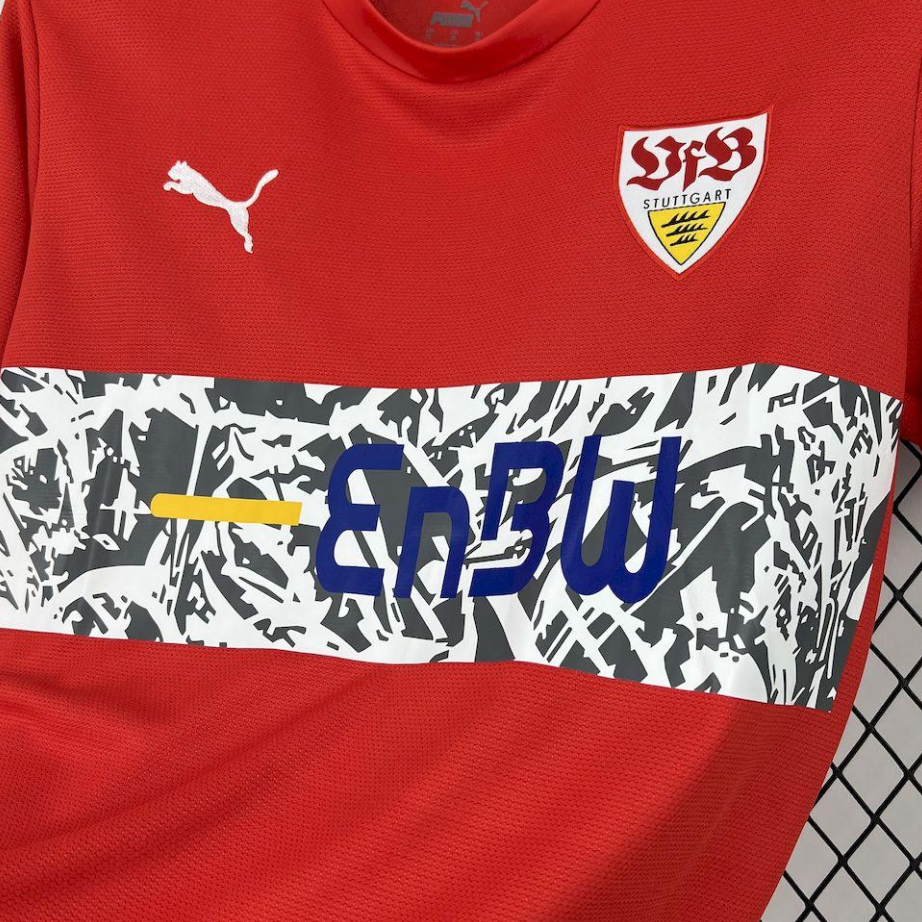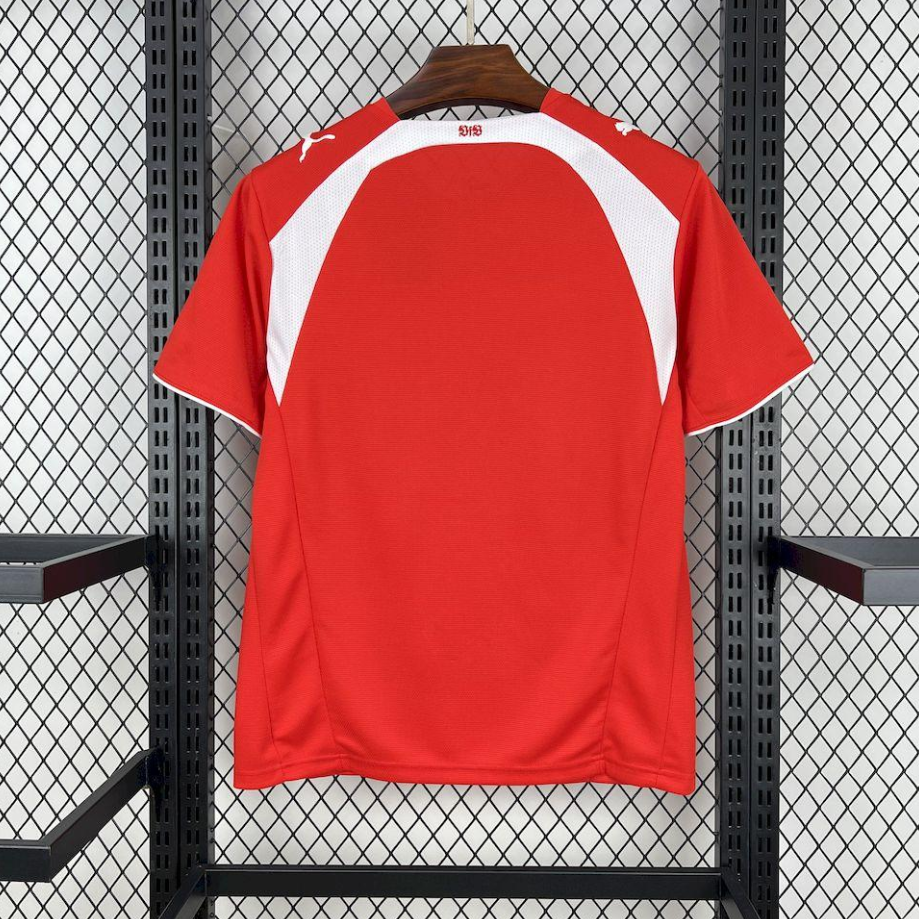Blog
Why Do Retro Soccer Jerseys Still Capture Our Imagination?

The Unfading Glory of Retro Soccer Jerseys
The world of football fashion is dynamic, with new designs, technologies, and sponsorships emerging every season. Yet, amidst this constant evolution, there is one category that does not just hold its ground but continues to grow in popularity: retro soccer jerseys. These aren’t merely old garments; they are wearable history, textile monuments to peak moments in football lore, cultural shifts, and personal nostalgia. For the dedicated fan and the discerning collector, owning a vintage shirt is akin to possessing a tangible piece of a glorious past, an artifact that connects them directly to the legends and emotional triumphs that define the global game. This deep dive explores why these classic shirts transcend fleeting trends, offering immense value to the product user and solidifying their place as essential items in any football enthusiast’s wardrobe.
Understanding the Enduring Appeal and Cultural Significance



The powerful allure of retro soccer jerseys stems from a potent combination of nostalgia, unique aesthetics, and cultural resonance. The modern football kit is often sleek, technologically driven, and sometimes, overly minimalist. In stark contrast, vintage shirts embody the bold, sometimes eccentric, design choices of their era. These jerseys are often characterized by vibrant, distinct patterns—think of the geometric brilliance of early 90s designs or the simple, classic elegance of 60s and 70s attire. These visual markers are inherently nostalgic, immediately transporting the wearer back to specific tournaments, iconic goals, or legendary teams.
Furthermore, these shirts act as a form of non-verbal storytelling. When someone wears the unmistakable colours of the 1998 French national team or the legendary orange of the 1974 Dutch side, they are communicating their knowledge and appreciation for the deeper history of the sport. This shared cultural language fosters community among fans. The value provided to the user, therefore, is not just in the material quality of the shirt itself, but in the social currency and conversation starter it becomes. Owning and wearing a vintage jersey makes a statement about one’s connection to the game’s heritage, a bond far stronger than simply supporting the current season’s squad.
The Distinctive Aesthetics and Design Philosophy
One of the most compelling reasons for the sustained demand for retro soccer jerseys is the clear difference in design philosophy compared to contemporary kits. During earlier decades, design was often less constrained by corporate branding and high-performance technical requirements. This freedom allowed for more creative and sometimes experimental designs that have become legendary. The oversized crests, the unique collar styles (v-necks, grandad collars, polo collars), and the inclusion of striking, full-kit patterns (like stripes, chevrons, and complex geometric prints) give these jerseys an architectural integrity that modern shirts often lack.
The materials themselves also contribute to this feeling of authenticity. While modern shirts utilise highly advanced, moisture-wicking synthetics, many popular retro replicas are constructed from heavier, more substantial fabrics. This weight and texture appeal to collectors seeking a feel closer to the original garment, offering a robust quality that feels grounded and enduring. Transitioning from the thin, almost weightless feel of a modern shirt to the sturdy weave of a vintage replica is a tactile experience that reinforces the historical authenticity and adds to the user’s perception of value and durability. These design elements ensure that the shirts stand out not just in a stadium, but as fashionable, casual wear, perfectly bridging the gap between sports apparel and street style.
A Focus on Authenticity and Product Quality for the User
For the discerning customer, the quality and accuracy of a retro soccer jersey replica are paramount. The market is increasingly sophisticated, and high-quality retailers understand that superficial imitation is not enough. The production process for a truly valuable replica must meticulously focus on reproducing the original’s details, including the correct font and numbering, the precise fabric weight, and the historical placement and appearance of manufacturer logos and club badges.
When a jersey is faithfully reproduced, it offers practical and psychological benefits to the consumer. Practically, a well-made retro shirt ensures longevity; it is built to last, unlike cheaper novelties. Psychologically, it offers a sense of historical ownership. Users are looking for value that transcends price—they seek a commitment to authenticity. A reputable seller, such as topjersey666.com, serves this need by ensuring that the materials and construction are of a high standard, guaranteeing that the piece is a genuine tribute to the original. This assurance of quality is what converts a casual fan into a dedicated collector, knowing that their investment is in a product that correctly honours the legacy it represents.
The Ethical and Emotional Value of Collecting
Collecting retro soccer jerseys is far more than an accumulator’s hobby; it is a pursuit infused with ethical and emotional significance. Emotionally, each shirt represents a narrative: a world cup victory, an underdog’s triumph, or even a personal memory of watching a game with family or friends. These jerseys act as emotional anchors, providing a continuous, positive link to one’s past experiences with the sport.
Ethically, the focus of the retro market tends to be on celebrating the sport’s history, a value system that aligns with the best traditions of football. It promotes an appreciation for the game’s roots and the figures who shaped it, contrasting with the sometimes hyper-commercial focus on contemporary player transfers and celebrity culture. By focusing on products that embody historical significance and robust quality, sellers are able to provide a stable, meaningful value proposition to their customers, ensuring that the passion for the sport is celebrated through enduring artifacts rather than fleeting merchandise. This commitment to delivering authentic, high-value replicas strengthens the overall positive image of the football apparel market.
Frequently Asked Questions (FAQ)
What defines a true ‘retro’ soccer jersey?
A true retro jersey, often called a vintage or classic shirt, is typically a replica of a match-worn or commercially available shirt from a past era, usually at least 15 to 20 years old. It is defined by its historically accurate design, material, and often, its unique collar and pattern that are distinct from modern kits.
Why are high-quality retro replicas often preferred over originals?
While originals are prized collector’s items, high-quality replicas are preferred by many users because they offer the authentic look and feel without the fragility, exorbitant cost, and potential condition issues of an actual 30-year-old garment. Replicas allow fans to wear and enjoy the design in daily life without fear of damaging a historical artifact.
How do I ensure I am purchasing an authentic, quality retro jersey?
Focus on sellers who provide detailed information about the fabric, manufacturing process, and historical accuracy of the design. Look for clear photos and robust customer reviews that attest to the quality of the stitching, crest application, and the overall feel of the material.
